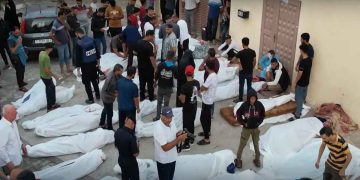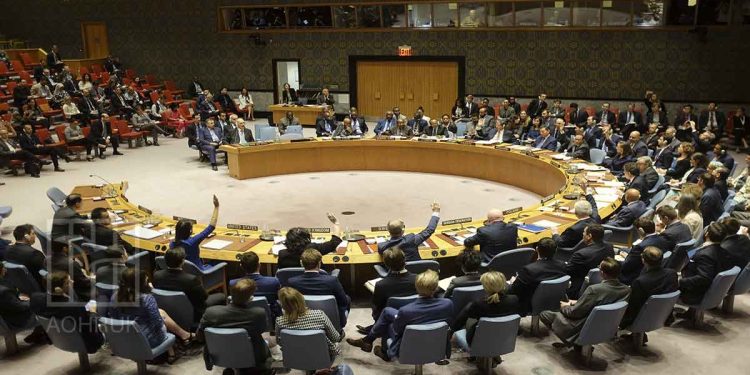In light of the resumption of the tenth emergency session of the General Assembly scheduled for tomorrow, Thursday, October 26, 2023, here is some information about its basis, importance, and the possibility of implementing its resolutions at this critical historical moment.
What is the basis for convening the General Assembly in its emergency format?
It is convened under United for Peace Resolution 377, where the General Assembly takes the place of the Security Council when it is unable to take measures, including the use of force, to maintain international peace and security due to a “veto” by one or more of its permanent members.
When did the General Assembly adopt this resolution and on what occasion?
It was adopted in November 1950 when the Security Council failed to take action to stop hostilities between the two Koreas due to the Soviet veto. Under this resolution, an armed force was formed under the United Nations umbrella, which joined South Korea in the war. The war lasted for three years from June 1950 to July 1953, ending with the establishment of a demilitarized zone between the two Koreas.
Did the General Assembly in its emergency format succeed in ending situations threatening international peace and security?
Yes, a notable example is when the Security Council was bypassed due to the British and French vetoes during the Suez Crisis in 1956. The General Assembly, under the United for Peace resolution, decided to end the aggression by using collective force, which compelled France, Britain, and Israel to withdraw. International emergency forces were sent to maintain peace and security in the region.
Did it fail in other places?
Yes, for example, during the Hungarian Crisis in 1956 when the country was invaded by the Soviet Union and in Afghanistan in 1980, and today in Ukraine, and certainly in Palestine, where several sessions were held and resolutions were passed but not implemented.
Does this mean we should lose hope?
The answer: Yes and no…
Yes, in light of Western aggression led by the United States in supporting Israel and the compliance of Arab and Islamic regimes, and the history of the General Assembly in its emergency format, where it issued several resolutions that could not be implemented.
No, after the Russian-Ukrainian war, they said that the world governed by a single pole had ended, and we are now playing in a multipolar world where Russia and China play important roles. However, these powers did not take a stand to stop the Gaza massacre during the 18 days. Will these countries do it tomorrow, supported by a strong stance from Arab and Islamic countries?
If the General Assembly decides on an immediate ceasefire, the flow of humanitarian aid, and the evacuation of the wounded, is it possible to use armed force to implement the decision?
Yes, this is contingent on the will of the great powers opposing the policies of the United States and the willingness of the Arab and Islamic group to support such a decision.
Does this mean there will be a conflict or war between these countries on one side and the American-Israeli alliance on the other?
No, because these countries have experience in regulating the pace, as happened in the distant past during the Cuban Missile Crisis and in recent history, with notable examples being Taiwan and Ukraine. Despite having planes facing off against planes and ships facing off against ships, there were no clashes.
What do people hope for or dream of as outcomes of tomorrow’s General Assembly session while watching the tragedy in Gaza?
We hope and dream of an immediate ceasefire resolution, and we hope to see international emergency forces supported by ships and aircraft delivering humanitarian aid and medical teams to save the children, women, and men of Gaza.
Amid our incapacity, in the face of the abandonment of Gaza by those close and far, let us dream and hope… for peace and safety, Gaza.

































